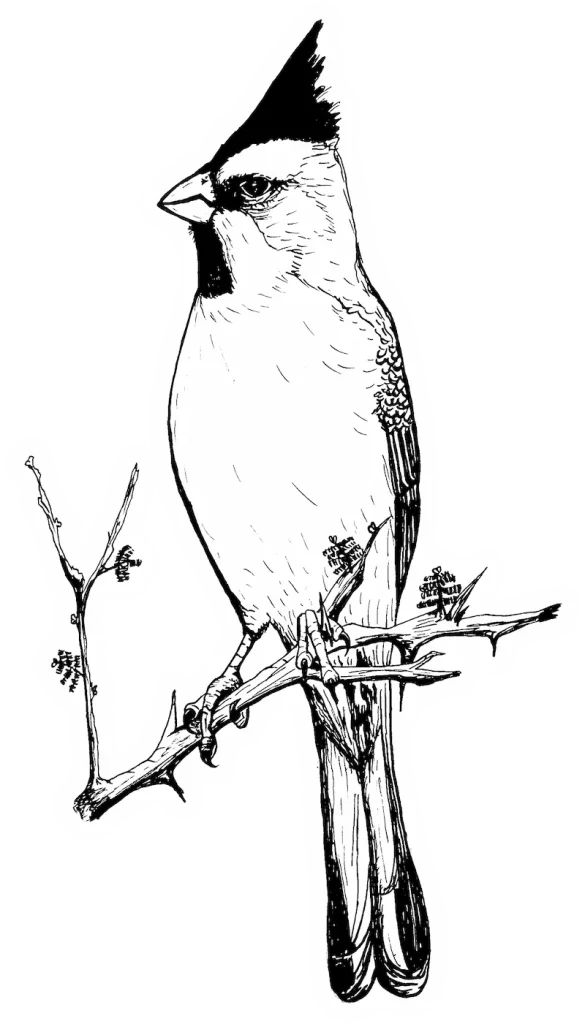Climate change and neotropical birds: current knowledge and gaps
- Conferencia

- Conferencia
Climate change and neotropical birds: current knowledge and gaps
MARINI, Miguel Â.
Universidade Nacional de Brasília, Brazil
rao@avesargentinas.org.ar
Climate change and its effects on birds are well studied in the northern temperate regions, but it is still vaguely studied in the Neotropical region. Most studies from the region evaluated changes in species distributions under different future climatic scenarios, and showed, as expected, that birds will move polewards or upwards in mountains, but there is still a lack of a broad comprehensive scenario. Other studies, such as about the effects on population dynamics or breeding are very rare. A 33-yr long study of birds in Panama showed that population growth rates and viability decreased with longer dry seasons. An analysis of clutch sizes of Neotropical tyrant flycatchers over 100-years revealed that clutch sizes are decreasing and related to increased temperatures. However, several aspects related to tropical species remain obscure, such as whether mismatching will occur, how much migratory species will be affected, and whether tropical species have low tolerance to heating. Furthermore, the coupled effects of ongoing land use and climatic changes might enhance the effects of both. For example, the development of sugar-cane plantations in the Cerrado for biofuel is causing indirect land use change (ILUC) in the Amazon, and is one of several factors likely to accelerate climatic changes insofar as it is a driver of deforestation and land clearing by biomass burning. Also, the current reserve system may not be enough and well distributed to cope with these accelerating changes. The low income, economic instability, and unsustainable development in most tropical countries and volatile changes in international politics pose further challenges to conservation in the region. Hope comes from increasing access to databases and an increasing number of trained ornithologists in the region.
Cita sugerida:
- MARINI, Miguel Â.
- (2017)
- Conferencia.
- XVII RAO
- (página 13 pdf)
Derechos de autor:
Esta obra está bajo una licencia Creative Commons Atribución-NoComercial (CC BY-NC).
